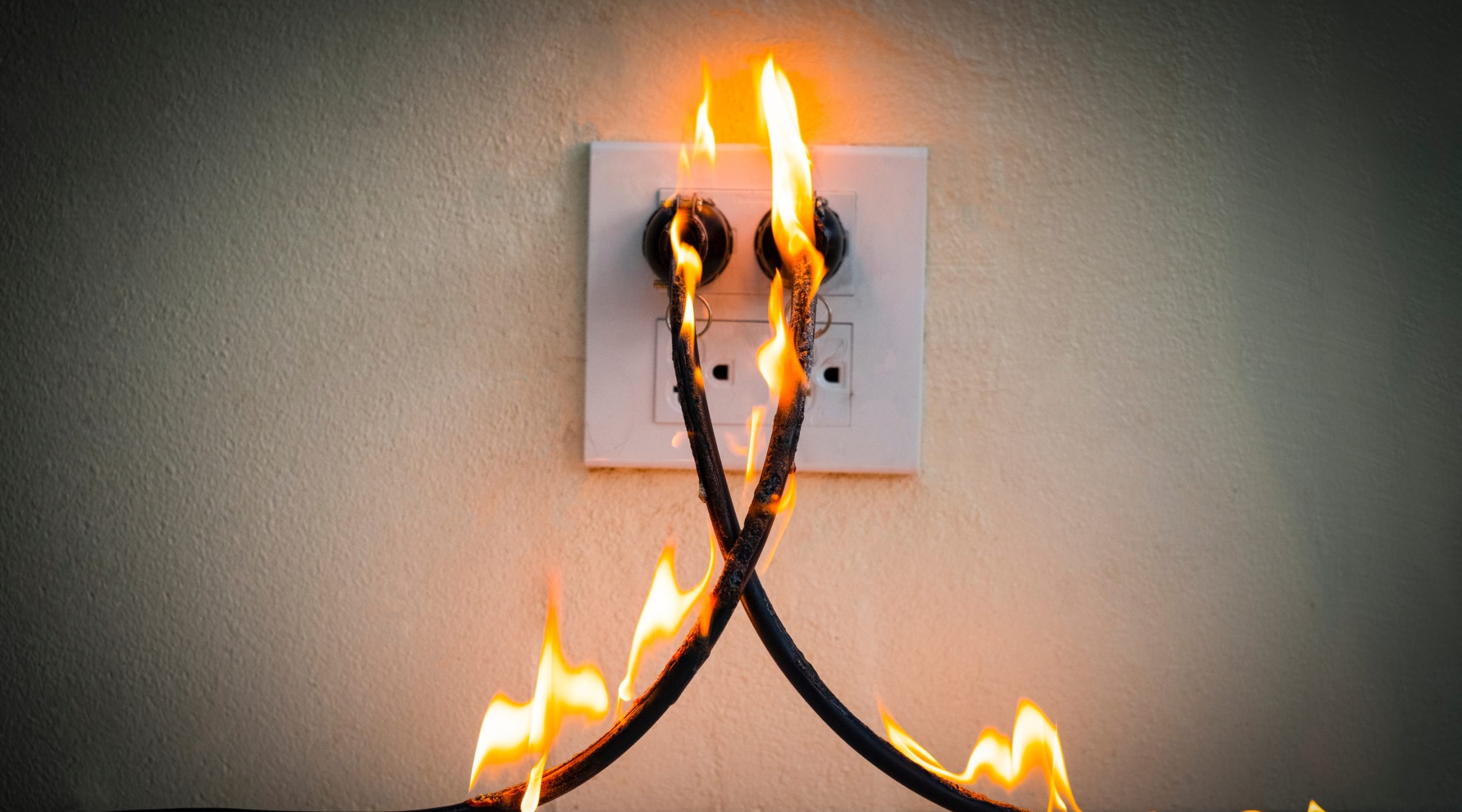
Understanding Fire Classifications and How to Tackle Each Type
Introduction
Fires can cause extensive damage and pose severe risks to life and property. Understanding different fire classifications and the appropriate methods to extinguish them is fundamental for fire safety. By recognizing the specific characteristics of each type of fire, individuals and businesses can implement effective fire prevention and suppression strategies.
Fire Classifications and Their Characteristics
Fire classifications vary by region, but the most widely accepted system categorizes fires into five main classes:
Class A: Ordinary Combustibles
Materials Involved: Paper, wood, fabric, rubber, and plastics.
How to Tackle:
Use water or foam-based fire extinguishers (labeled A).
Water helps to cool and extinguish the flames by reducing the temperature of burning materials.
Avoid using water if electrical hazards are nearby.
Class B: Flammable Liquids and Gases
Materials Involved: Gasoline, oil, alcohol, propane, and solvents.
How to Tackle:
Use dry chemical, foam, or carbon dioxide (CO2) extinguishers (labeled B).
Foam smothers the fire, preventing oxygen from fueling combustion.
Water should not be used, as it can spread flammable liquids instead of extinguishing them.
Class C: Electrical Fires
Materials Involved: Electrical equipment, appliances, and wiring.
How to Tackle:
Use CO2 or dry chemical extinguishers (labeled C), which do not conduct electricity.
Cut off the power supply if possible to prevent reignition.
Avoid using water, as it conducts electricity and increases the risk of electrocution.
Class D: Metal Fires
Materials Involved: Magnesium, titanium, lithium, and other combustible metals.
How to Tackle:
Use specialized dry powder extinguishers (labeled D) designed for metal fires.
Water and conventional extinguishers are ineffective and can worsen the fire by causing violent reactions.
Class K: Cooking Fires
Materials Involved: Cooking oils and fats in commercial or home kitchens.
How to Tackle:
Use wet chemical extinguishers (labeled K), which cool the fire and form a soapy barrier to prevent re-ignition.
- Avoid using water, as it can cause hot oil to splatter and spread the fire further.
Fire Prevention and Safety Tips
Preventing fires is just as important as knowing how to extinguish them. Here are some proactive safety measures:
Install and Maintain Fire Extinguishers: Ensure that the correct fire extinguisher type is available and regularly maintained.
Conduct Fire Safety Training: Train employees and household members on fire prevention and proper extinguisher use.
Regularly Inspect Electrical Systems: Faulty wiring is a leading cause of electrical fires; schedule professional inspections.
Store Flammable Liquids Properly: Keep them away from heat sources and in approved containers.
Never Leave Cooking Unattended: Kitchen fires are among the most common household fires and can escalate quickly.
Conclusion
Fire safety begins with awareness and preparedness. By understanding fire classifications and using the appropriate extinguishing methods, individuals and businesses can minimize fire risks and respond effectively in emergencies. Regular fire safety training and prevention strategies further enhance overall protection, ensuring a safer environment for everyone.





